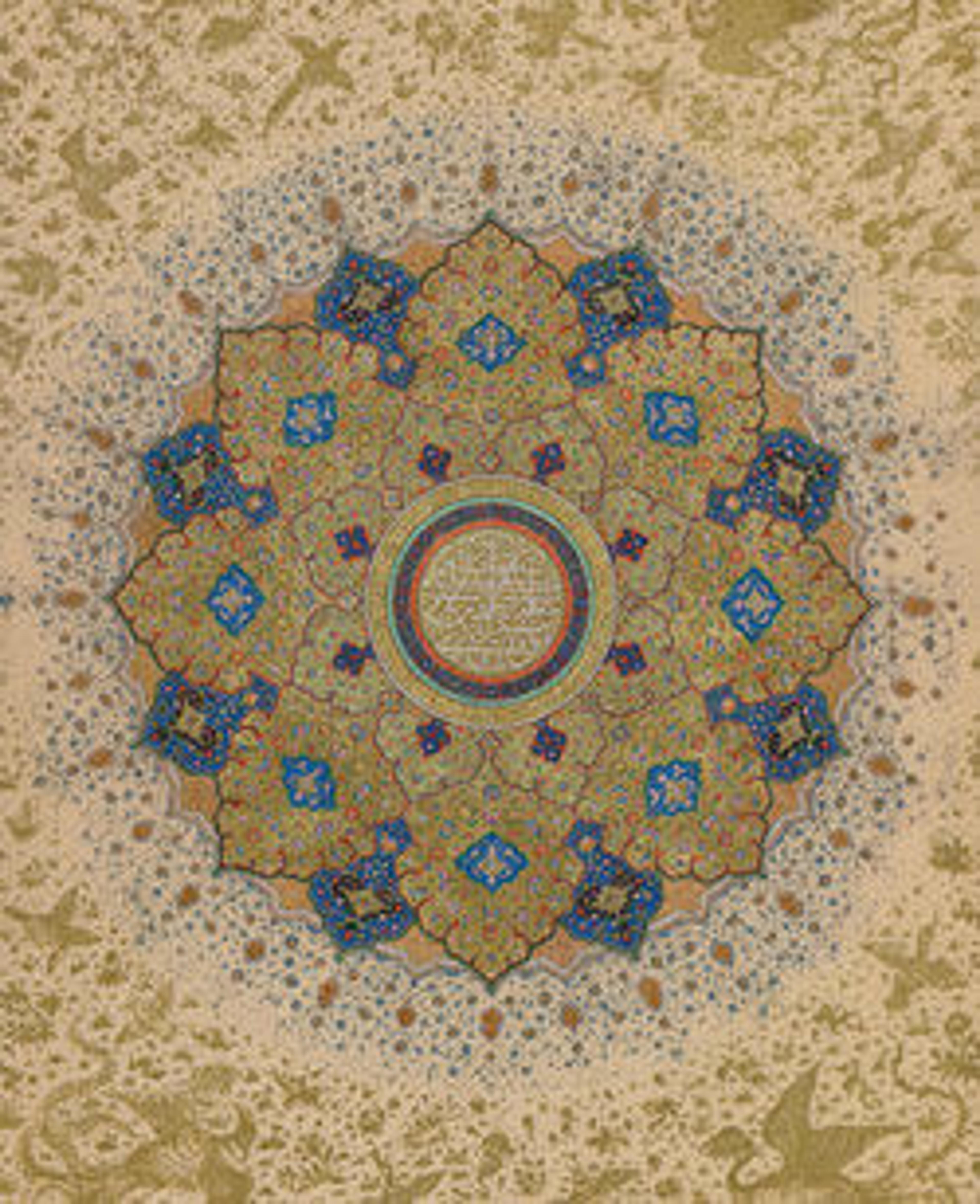Star-Shaped Tile
Eight-pointed star tiles from Nasrid Spain are rare, but this example bears centralized vegetal motifs specific to Málaga lusterware. Poetic inscriptions played an important role in the architectural decoration of Andalusia. Around the rim an Arabic inscription refers to the art of ceramic glazing.
Artwork Details
- Title: Star-Shaped Tile
- Date: first half 15th century
- Geography: Made in Spain, probably Malaga
- Medium: Earthenware; luster-painted on opaque white glaze
- Dimensions: H. 9 1/4 in. (23.5 cm)
W. 9 1/4 in. (23.5 cm) - Classification: Gaming pieces
- Credit Line: H.O. Havemeyer Collection, Gift of Horace Havemeyer, 1941
- Object Number: 41.165.40
- Curatorial Department: Islamic Art
More Artwork
Research Resources
The Met provides unparalleled resources for research and welcomes an international community of students and scholars. The Met's Open Access API is where creators and researchers can connect to the The Met collection. Open Access data and public domain images are available for unrestricted commercial and noncommercial use without permission or fee.
To request images under copyright and other restrictions, please use this Image Request form.
Feedback
We continue to research and examine historical and cultural context for objects in The Met collection. If you have comments or questions about this object record, please contact us using the form below. The Museum looks forward to receiving your comments.
